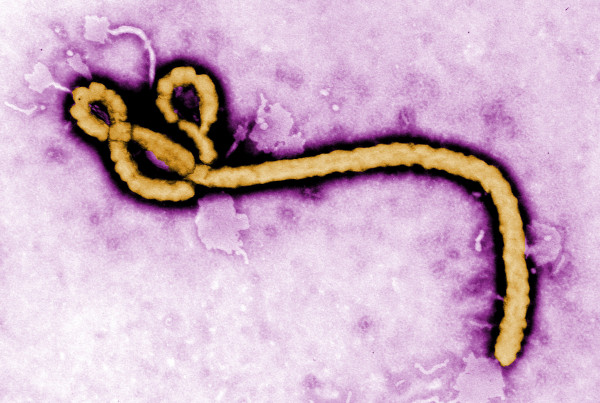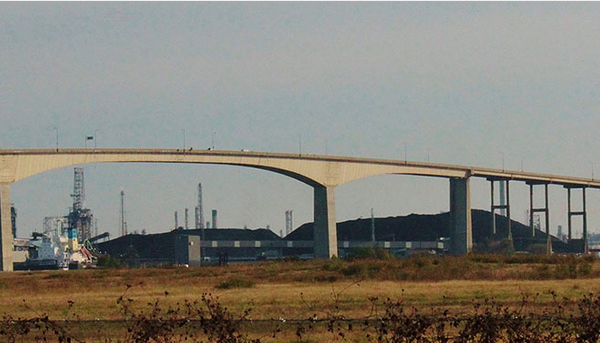When you talk about food scarcity and hunger, you many envision developing nations, or war-torn areas. But according to a new report from the Food Research and Action Center, nearly 19 percent of families in the U.S. say they can’t afford food. In Texas, that’s a problem hitting very close to home.
“Close to one in five Texas households struggle to afford food consistently, and that’s a little bit higher than the national average,” Celia Cole, the Chief Executive Officer of Feeding Texas, says. “I think what’s most alarming about that is that we’ve seen persistently high rates of what we call food insecurity or food hardship since the height of the economic recession.”
So what exactly is food insecurity? “It’s really a term for defining not just the physical sensation of hunger, but really the economic circumstances that surround hunger, that lead people to be hungry,” Cole says. “It’s really measuring it on a continuum, so on the extreme end you’ve got kids going hungry, and on the other end of the spectrum you have families that simply don’t know if they will have enough resources to afford food consistently.”
Discussions of hunger typically include images of skinny, gaunt kids, but now we hear mostly about the epidemic of obesity in children. Cole explains food insecurity doesn’t necessarily mean we’re talking about a danger of starvation.
The primary program that families have to rely on is the Supplemental Nutrition Assistance Program, or SNAP. But future cuts to entitlement programs could threaten the support so many families have come to rely on.
“The bad news is Congress, despite these latest data…they are actually on the verge of making significant deep cuts to SNAP,” Cole says. “If they [make cuts], you will see much deeper rates of food insecurity than even this latest report from FRAC is showing.”














